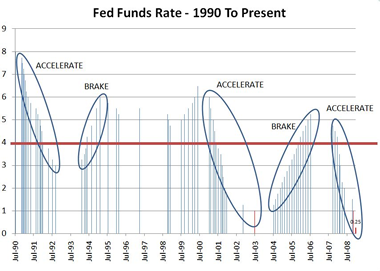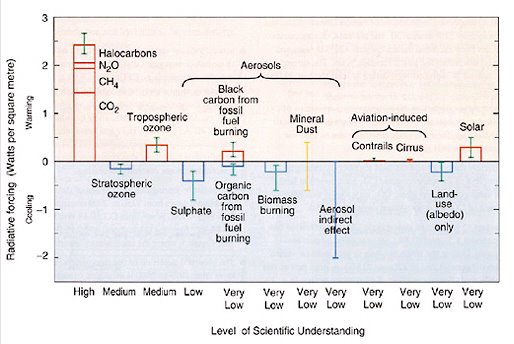Renewable Energy Mandate - Hurdles and Costs
SEARCH BLOG: CLIMATE BILL
From the U.S. House of Representatives climate bill:
Policies Act of 1978 (PURPA) to establish a combined efficiency and renewable electricity standard thatMarch is typically the lowest point in electric power production in the U.S. [heating requirements drop dramatically and cooling requirements are low]. It is also the month where coal-powered electricity is at its minimum [because there is no need for as much power generation] and "other renewables" [excludes hydroelectric and misc.] are at the maximum [because they produce whether needed or not]. data sourcerequires utilities to supply an increasing percentage of their demand from a combination of energy efficiency savings and renewable energy (6% in 2012, 9.5% in 2014, 13% in 2016, 16.5% in 2018, and 20% in 2021-2039).
 The recession has made an impact on overall electric power production dropping about 3 - 4% versus prior years. Coal, a flexible source for production has shown a significant reduction... absorbing most of the overall March YTD-to-March YTD reduction.
The recession has made an impact on overall electric power production dropping about 3 - 4% versus prior years. Coal, a flexible source for production has shown a significant reduction... absorbing most of the overall March YTD-to-March YTD reduction. Wind, solar, and other renewables such as wood and garbage have increased output during this period... at a rate of about 1,800 megawatthours per year or 1/2 of 1% of the total needs at the low point of each year.Let's presume that the economy stabilizes at about 320,000 thousand megawatthours .
In order to reach 6% of the low point total, other renewables would have to generate 19,200 thousand megawatthours in 2.5 years. That's an increase of 7,000 thousand megawatthours ... or an annual increase rate of 2,800 thousand megawatthours... just under 56% higher rate of increase than present.With a big push, that is achievable.
But now let's look at the big picture. Annual [not just March YTD minimum] power sources are shown below [thousands of megawatts]:
| Coal | Other Renewable | Total | |
| 2005 | 2,012,873 | 87,329 | 4,055,423 |
| 2006 | 1,990,511 | 96,525 | 4,064,702 |
| 2007 | 2,016,456 | 105,238 | 4,156,745 |
| 2008 | 1,994,385 | 123,603 | 4,110,259 |
"Other Renewable" sources have grown at just under 20,000 total megawatthours per year and accounted for 3%... not 3.9%, which is the March YTD low-point requirement number... of total production.
Given the high cost and unreliability of these "other renewables," President Obama is correct when he predicts that your electric power costs are going to skyrocket. In addition, look for the view to change significantly... which may not please all of those Cape Cod Democrats.
- If we presume, through efficiency, that growing demand can be offset by higher efficiency and that the total annual requirements stay at 4,100,000 thousand megawatthours in the coming years [big presumption], then "other renewables" will have to double output in under three years.
- Furthermore, output will have to increase seven-fold in a decade... again presuming no additional total requirements which may be problematic if we are going to a "plug-in" transportation system.
We can all go out for scenic drives in our plug-in mini-cars and view what The Obama hath wrought with his mighty hammer of hope and change.
..










